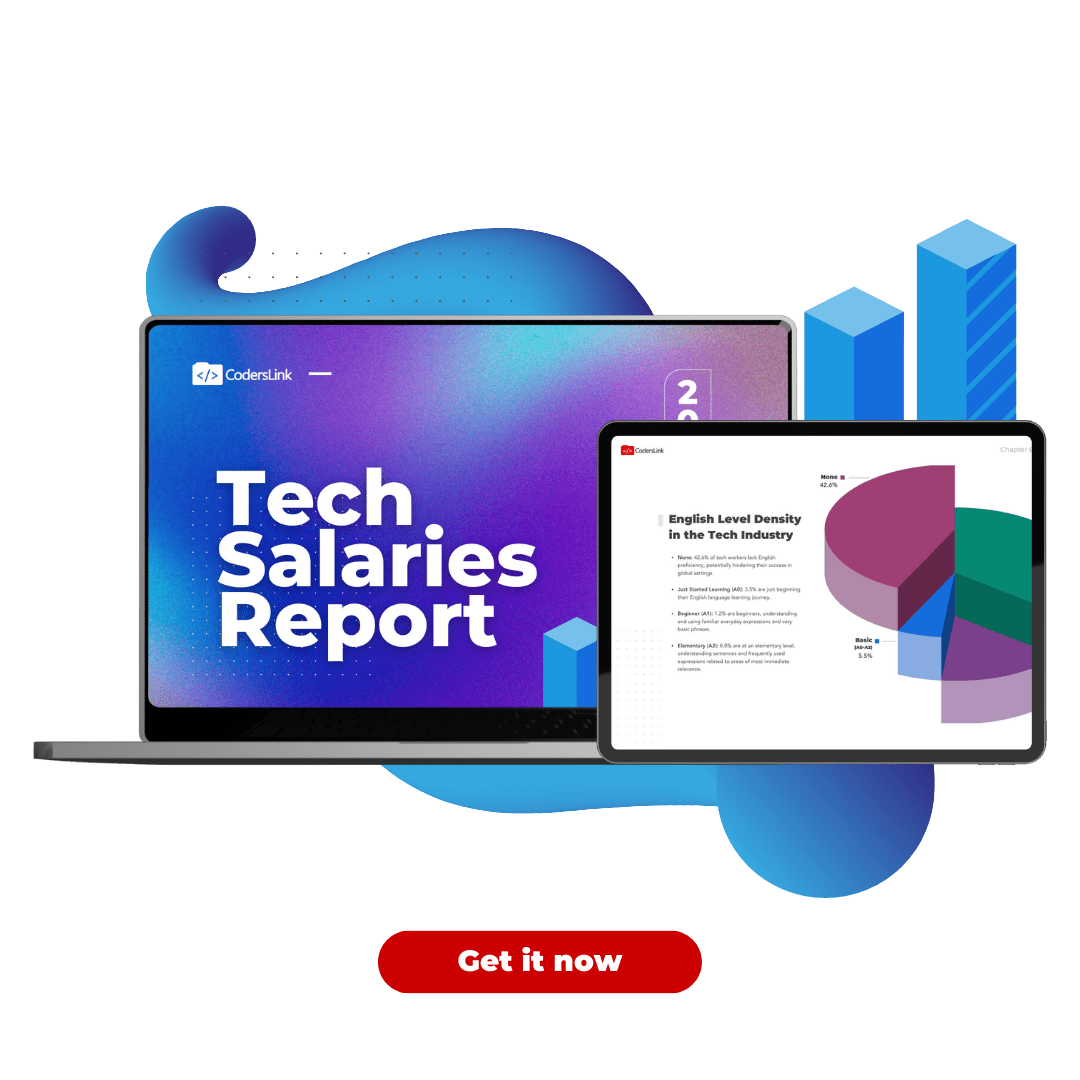
So, your company has already decided they want to build a remote tech team. Y’all have gone through all the initial process of identifying the right outsourcing strategy, and identifying the right staffing partner for the company’s needs and are ready to move forward. What’s the next step?
That’s what we’ll be talking about in this blog post – the best practices for actually building your remote tech teams.
First off, it’s healthy to understand that every company has different needs, expectations, and timelines. All of which play an important part in creating and building a remote tech team. We’ve helped companies big and small build and grow tech teams in Mexico for the past 5 years and what you’ll see here is the compilation of that.
We’ll answer questions like (you can actually skip ahead if you’re interested in reading something specific):
- What are the ideal roles for remote tech teams?
- Who should be your first hire?
- How do you scale your team from 1 to 5 to 40?
- What timeline should I expect the first time around?
- Should I implement a remote policy? What about an HR policy?
Let’s get to it!
What are the ideal roles for remote tech teams?
We’ve seen companies achieve great success when outsourcing these roles:
- Back-end developers
- Front-end developers
- Full-stack developers
- Web developers
- Development operations engineer
- Mobile developers
- UX/UI designers
- Tech supports
We’ve found that these roles help companies move their projects forward more so than others because they are manageable when it comes to setting and meeting milestones.
Take note, most roles above-mentioned ‘build’ or ‘service’ something. They are highly functional roles that can be measured.
A recommendation here; have a roadmap of your product or a well-defined customer service plan before building your team and use remote tech teams to implement them.
Who should be your first hire?

Simply put: senior talent. We’ve seen great success with companies that start by hiring a senior level candidate to join their team and having the CTO or VP of Engineering closely working with them.
The reason behind this is that it helps companies understand the whole remote tech team dynamic. From communication, performance expectation to remote structure that needs to be put in place. Having a first hire that knows the ropes around doing their job – and remote work if possible – will help you shorten the learning curve of understanding the remote dynamic.
It is important that you look for someone who has the potential to be a leader and your right-hand man or woman as you grow your tech team.
We recommend that you spend anywhere between 3 months to 6 months getting comfortable with working remotely with your first hire. This will also help develop mutual trust and position your company for the next part; scaling your team.
How do you scale your team from 1 to 5 to 40?

As you might’ve guessed, it’s not the same to go from 1 to 5 than from 5 to 40, but it works similarly.
Going from 1 to 5
We recommend that your first hire be a senior developer or specialist. If your company did that, awesome! If it didn’t, no worries you can still employ this strategy.
We’ve seen a great amount of success with companies that appoint the first hire as the team leader and make them part of the hiring process as they expand.
Why? It’s a no brainer when you realize that they’re familiarized with the language, culture and at this point are familiarized with your company and committed to your mission. Some have even relocated them in-house for them to manage the team internally from their HQ’s.
We also recommend you balance your hires, for example, if you require both front-end and back-end, we recommend hiring one of each at a time. Compared to hiring two back end developers first and then waiting to hire two front end developers. We’ve seen companies have to find work for those developers because of them being backlogged on the alternate side.
The transition between 1 to 5 is a great time to start shopping around for an office space where your team can work from as your company continues to grow.
Going from 5 to 40
From our experience, if you’re scaling from 5 to 40 you’re probably creating different teams to service different parts of your company or your development process.
Remember how we recommended a senior-level hire as your first hire? This is the part where we replicate that strategy across your different teams to quickly scale them out.
Be sure to give them responsibility in reviewing and interviewing candidates for the positions you’re looking to fill. This also has the added value that you ensure that profiles that arrive at your desk are already vetted by them.
At this point in time, you will also need to have an office space for your teams. From our experience being in a coworking space ensures you have the scalability needed to go as you grow between 5 and 40.
We recommend you split your actual office space based on the functions. For example; having Tech Support specialists be in a single office, and Full Stack developers in another room. Tech supports are often on the phone and can bother developers as they build code.
Should I implement a remote policy? What about an HR policy?
Moving from 5 to 40 requires you to start to think about standardizing HR policies like salaries, benefits, equipment offerings, and office rules. This structured approach will help you mitigate the nuisances that can arise from your employees’ lack of clarity as you grow beyond a small team.
To get started with this challenge we recommend using your already established internal policies to craft similar ones for your remote tech team. Additionally, if you’re partnered with an outsourcing agency like CodersLink, they can provide you with initial documentation for you to build on.
For smaller teams, we recommend a more ad hoc approach, as it can be time-consuming to develop all these policies.
What timeline should I expect the first time around?

Getting acquainted with the process of hiring a remote developer for the first time takes a bit of time, but from our experience with new partners, we’ve seen initial recruitment processes go anywhere between 2 to 4 weeks.
It helps to have clear and specific job descriptions ready. We’ve seen this as the first point of failure. If your expectations and requirements are not properly defined, it’s hard for developers and outsourcing partners to really understand your position. It can prolong two or three times your hiring process.
Here’s a job description template we use with our partners you can use.
Closing Thoughts
Building remote tech teams can appear to be a daunting task, but going about it with a plan can greatly reduce its complexity. Remember, these are guidelines to help you in your journey, every company is at a different place and position, and adjusting these to meet your needs is part of what we recommend.
If you’re interested in talking to us about building your remote tech team in Mexico, contact us here.
Finally, let us know if you have any other practices that you’d like to share with us in the comments below!


